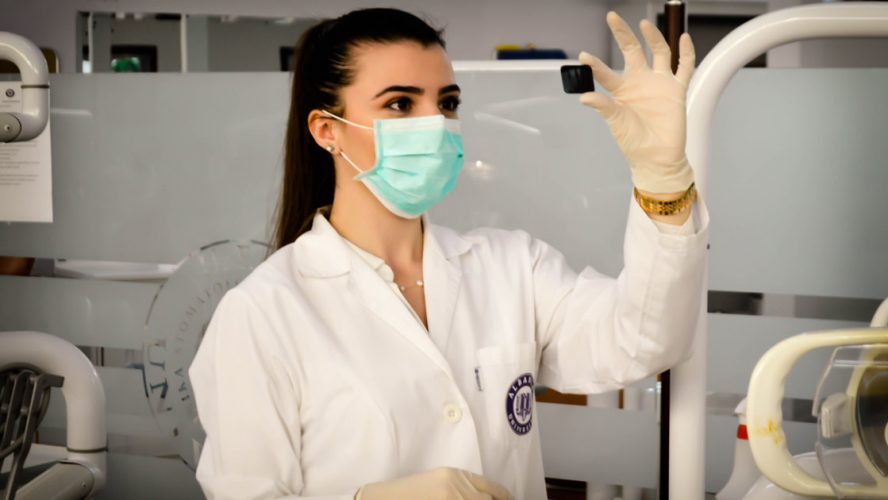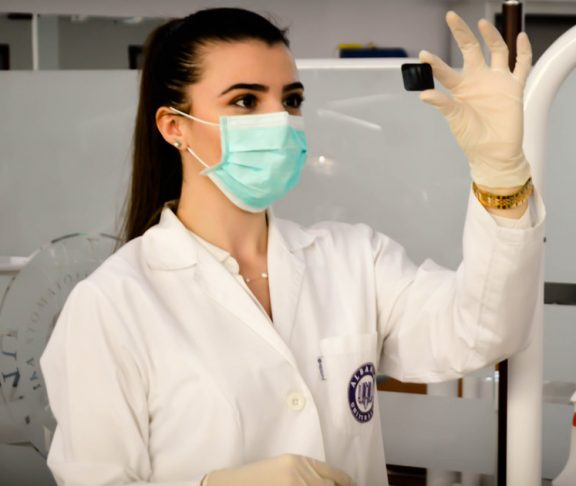
Claire Richards PhD
Principal Scientist Infectious Disease, Discovery Services Charles River
Outsourcing to a CRO that understands the complex interactions between host and pathogen is key to moving new therapies forward
Antimicrobial resistance (AMR) is a growing threat to the world — albeit one that is beginning to concentrate minds in the pharmaceutical sector. “I think more notice is being given to AMR now, particularly in developed countries,” says Claire Richards, Principal Scientist, Infectious Disease, Discovery Services, at Charles River Laboratories, a preclinical contract research organisation (CRO) which provides products and services to help with the discovery, early-stage development and safety of novel drugs and therapeutics.
It wasn’t always this way. In the past, large pharmaceutical companies usually invested more in chronic diseases, which give greater return on investment compared with acute infectious disease. However, infectious elements are increasingly suspected of playing a role in chronic conditions not previously associated with microorganisms. Several of these conditions are age-related diseases, requiring long-term treatments. Such long-term chronic infections are likely to favour the emergence of resistant bacteria — which underlines why the problem needs to be addressed urgently. “This is why the US and Europe are putting more and more resources into AMR research,” explains Richards. “But the fact is that it’s expensive — and money is always a limiting factor.”
“For any company carrying out research into new compounds, it’s vital to have knowledge of the complex biology of the pathogen AND the host.”
Maximising use of funds
However, pharma companies can optimise expenditure in this area by outsourcing research work to CROs such as Charles River, whose specialist knowledge of complex host-pathogen interactions ensures the most appropriate model is selected for the client. Applying a targeted approach, in-depth expertise and in vitro support, facilitates the progression of novel drugs and translational research into the clinic.
“It can be more cost-effective to give this kind of research to a CRO like ourselves which regular runs reproducible validated models,” says Richards. “It’s not just big and small pharma companies that use our services. Virtual companies and academic institutions may have novel ideas and the capability to carry out basic research, but lack the know-how to take it through to the development stage, so rely on CROs to do it for them.”
Understanding complex biology
Outsourcing to a CROs doesn’t simply save money. It can save time, too. “Because models and assays are ready to go, analysis is started immediately and proof of concept can be given quickly,” says Richards. “Working with a good CRO can knock years off a development program.”
“For any company carrying out research into new compounds, it’s vital to have knowledge of the complex biology of the pathogen AND the host,” says Richards. “When introducing a new compound, you need to know how it might affect the host and pathogen, either beneficially or adversely. For example, a drug might have a toxic effect or influence cell signalling and interactions, which may be beneficial or not. The key is understanding those complex interactions.” When it comes to combination therapy — which involves using different types of approved drugs that are already in the clinic — expertise in Pharmacology and Molecular Microbiology is essential in order to optimise combinations so that the right types of drugs work together.
Speeding up infectious disease research
By bringing together areas of microbiology and immunology and up-to-date technology, Charles River ensures that infectious disease discovery research — an area which is developing rapidly — is accomplished quickly and effectively. It’s a fascinating space in which to work, notes Richards.
“The industry’s understanding of immune response is increasing all the time,” she says. “Novel technologies such as the Nanostring, are providing a better understanding of global gene expression changes following infection. Meanwhile, the emergence of new, high-throughput models such as the Galleria mellonella wax moth model, allows us to study virulence and novel compound efficacy and toxicity at an earlier project stage. Breakthroughs such as these will only continue and should ensure that new and novel therapies reach the clinic faster in the future.”

